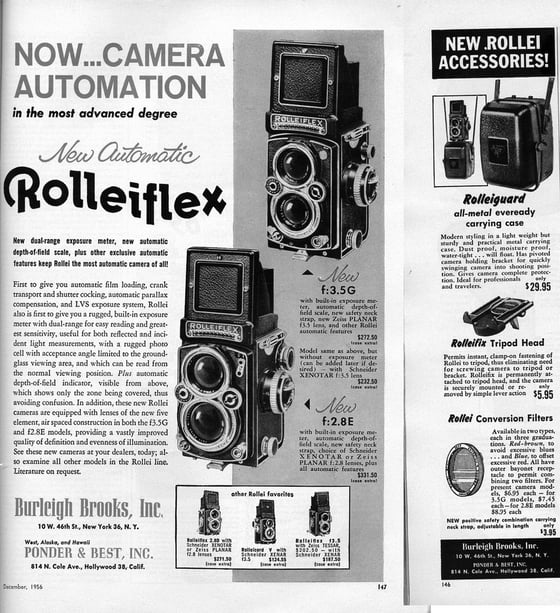


Three ways to make your Facebook lead ads campaign work




I'm a huge fan of Facebook lead ads, but in my experience, not every client is willing to build a paid social media campaign around them.
Just in case you didn't now, Facebook lead ads allow individuals to sign up for something from your business, such as a consultation, product trial or marketing communications. When they click the ad, a form appears pre-filled with any personal information they have already shared with Facebook.
In short, it's designed to offer the easiest possible experience for your lead, making it quicker for them to reach you, and helping you to acquire accurate, actionable contact information.
However, when trying to convince clients to give Facebook lead ads a try, I keep coming up against the same kind of responses:
"Contacts speak to us but don't convert"
"Contacts say they don't remember entering details"
"The ROI isn't as good as other channels"
Now, these points may be entirely legitimate when it comes to historic attempts at Facebook lead ads. In our considered opinion, a lot of companies aren't running these ads as best they can because they don't know about these three important steps to running a successful Facebook lead ads campaign.
-
Layering Facebook lead ads targeting
People simplify everything, be it politics, economics or human beings. This is almost always doomed to failure. Things are just too complicated and chaotic, mainly because people are complicated and chaotic themselves.
So, when targeting your Facebook lead ads, choosing a wide scope based on assumptions and stereotypes just doesn't work anymore. You need to start with real insight.
-1.jpg?width=320&name=TV_Shows_We_Used_To_Watch_-_1955_Television_advertising_(4934882110)-1.jpg)
The Facebook insights tool gives a plethora of interests, behaviors and influencers. This information can then be used to perform theme analysis to find additional influencers and topics. When we begin to build any audience, this information helps us to build out influencer lists, demographic lists and likely placements for the campaign.
We then move over to Google display planners and other relevant channels, and begin to apply what we've learnt from Facebook. By including and excluding certain interests, behaviors and demographics, we can create handpicked audiences with smaller highly converting sets. Goodbye, broad scatter shots.
-
Qualifying traffic before it hits the CRM
Next, we need to discern lead quality by considering how each person has become a lead.
The way in which a consumer interacts with each channel will normally indicate the lead quality and intent. For instance, PPC leads have been actively looking for a product or service, so they will be of a higher intent than people following Facebook lead ads, as they may have just been intrigued by your advert whilst browsing.
To bridge the gap, you need to add in context cards, qualifying questions and manual entries to the Facebook lead ads campaign. This slows down the process, ensuring that your leads have had more time to absorb your offering before sharing their information.
This will drop your lead volume, but also ensure that leads only make it to your CRM once they have read and understood the information. Trust me, your sales team will thank you for this.
-
Shaping traffic correctly
Traffic shaping is the last piece of the puzzle. This is basically a method of using content, direct messaging and retargeting lists to move traffic into the places where it is most likely to convert.
Take a look at your analytics, and you'll probably find your highest-traffic pages aren't necessarily your highest-converting pages. This is perfectly normal. Content pages are often not designed specifically for conversion, just as conversion pages aren't often designed to share information.
What you need to do is use your channels and Facebook lead ads to provide clear paths to the "next step." And that's where traffic shaping comes in.
So how does this work? Don't do what 90% do and go straight in for the kill! Tailor your Facebook lead ads to the area you want to focus on before asking for all the details.
You can utilise your content effectively in stages. If a consumer is interested in your product, then there isn't an immediate rush for the hard sell. Take your time, and offer consumers a piece of content such as a white paper or blog. Then, use your Facebook lead ad to gather the bare minimum details needed, such as an email address. Create a remarketing list around this, and target that person with an additional offer while requesting another piece of information such as a phone number.
This way, you are slowly moving the consumer down the path to conversion whilst gathering more and more information for your sales team.
So, if you want to save time and budget on your Facebook lead ads campaign, follow these tips! Alternatively, speak to us, we're pretty good with all this paid social media lark.








